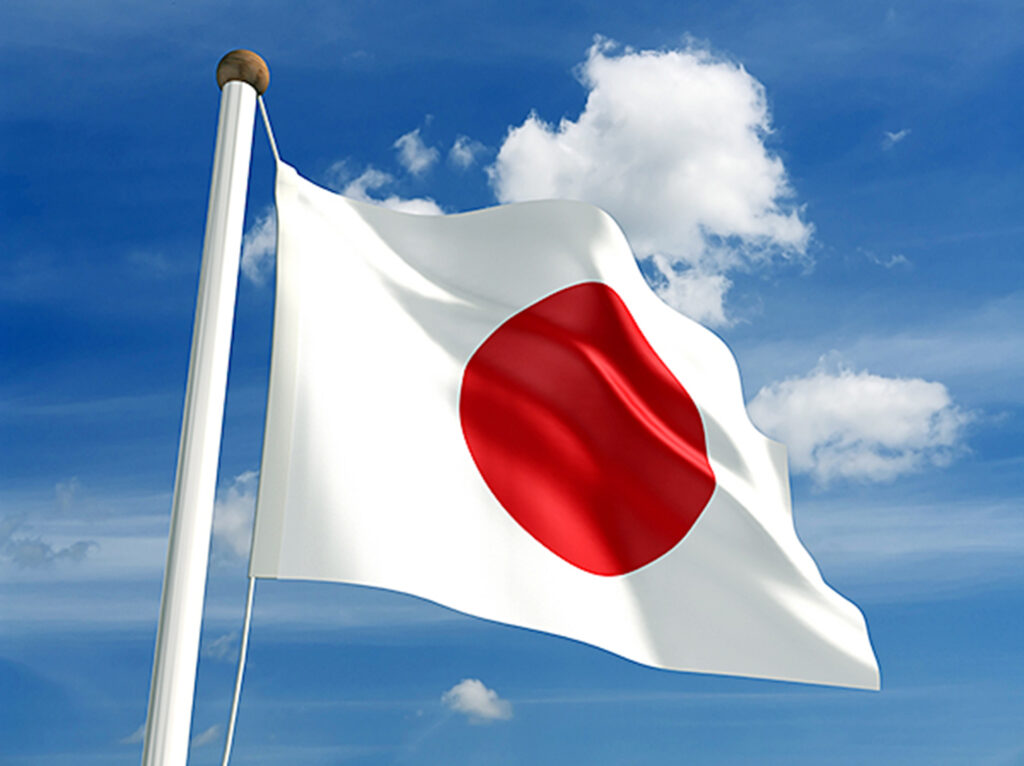Why Japan’s Sudden Pivot In Economic Policy Didn’t Cause Panic In US Markets
A sudden shift in the Bank of Japan’s monetary policy came as a surprise to market participants late on Monday, capping off a turbulent year for the trading community.
The Bank of Japan (BoJ) has announced that it would modify its policy regarding the management of the yield curve. Specifically, the BoJ stated that it will now let the yield on 10-year government bonds to increase to 0.5%, up from a prior maximum of 0.25%. The federal reserve has not yet achieved its goal of a 0% interest rate on its 10-year bond and has kept the benchmark interest rate at -0.1%.
The Wall Street Journal referred to it as a “nasty early Christmas surprise” in one of its articles. The headline in the Financial Times blared, “Bank of Japan Stuns Markets.” It was referred to be a “shocker” by Bloomberg News.
In point of fact, currency and interest rate markets responded appropriately, with the Japanese Yen appreciating by 4% in comparison to the United States dollar and the yield on the United States’ 10-year Treasury note increasing by more than 10 basis points.
The fact that the Bank of Japan hadn’t joined the party of global central banks tightening monetary policy until now is a huge problem for the markets. The Bank of Japan’s goal of keeping low and stable monetary policy is one of the longest-running projects anywhere in the world.
During a press conference that took place after the decision was made, the Governor of the Bank of Japan, Haruhiko Kuroda, stated that this action did not still signify tightening but rather a continuation of the bank’s policy of yield curve management. In the month of April, Kuroda will officially hand over the reins of his position.
The majority of US stocks remained unmoved despite all of the fervor.
“The modest move higher in Japanese rates is important for FX markets, but it will not have any impact on the shape of the U.S. economic outlook,” wrote Torsten Slok, chief economist at Apollo Global Management, in a note to investors.
One of the worries regarding a prospective increase in rates in Japan is the possibility that Japanese investors will withdraw money from international assets in anticipation of higher returns on investments made domestically.
However, Slok thinks that the effect would be insignificant due to the fact that Japanese ownership of long-term Treasury bonds in the United States only account for 5% of the total. The proportion of Japanese holdings in U.S. corporate bonds and US stocks that each represents is just 2% and 1% of the total, respectively.
According to Steve Sosnick, chief strategist at Interactive Brokers, another danger that arises when there is a surprise in the market is that it might potentially create some type of “blowup.”
After the statement made by the Bank of Japan, people who engage in something called a “carry trade” might have found themselves in a very precarious position. As Sosnick described in a blog post, “The trade involves borrowing a low yielding currency, typically the yen, and using the proceeds to purchase higher yielding fixed income assets or to finance speculation in equities and other risk assets.” Those that participated in carry trades should theoretically be losing a lot of money now that the yen has appreciated so much!
However, he said that there was no sign of that beating in the market. This may be due to the fact that the yen had already been going higher, or it could be due to the fact that hedge funds were repositioning themselves in preparation for the end of the year.
This “nasty early Christmas surprise” might possibly turn out to be a pleasant one for investors in US equities if the recent appreciation of the yen proves to be beneficial to the market.
The 20th of this October 2022 was the point at which the dollar achieved its all-time high in relation to the yen; since then, the dollar has dropped by almost 12%. According to a report that was published on Tuesday by experts at Bespoke Investment Group, this type of move frequently signals the beginning of a stock market rally.
When Bespoke looked at past cases in which the yen strengthened against the dollar by at least 10% over a period of two months, they discovered that equities were higher a year later in every single instance since 1978, and they had only climbed by less than double digits twice.
“One month later, the S&P 500 was only higher 62% of the time, but three, six, and twelve months later, US stocks rallied 85% of the time,” they said.
“When the headline hit, my reaction was probably like a lot of other people’s reaction, which was – whoa!” Sosnick said. “It was shocking, but ultimately not a reason to freak out.”
online sources: yahoo.finance.com, interactivebrokers.com, wsj.com
All opinions and views expressed or suggested by the Digital Zeitgeist are not necessarily the same opinions and views held by or suggested by GPM-Invest plus any and all partners, affiliates, parties, or third parties of GPM-Invest. Any type of media distributed by GPM-Invest IS NOT financial advice. Please seek advice from a professional financial advisor.

